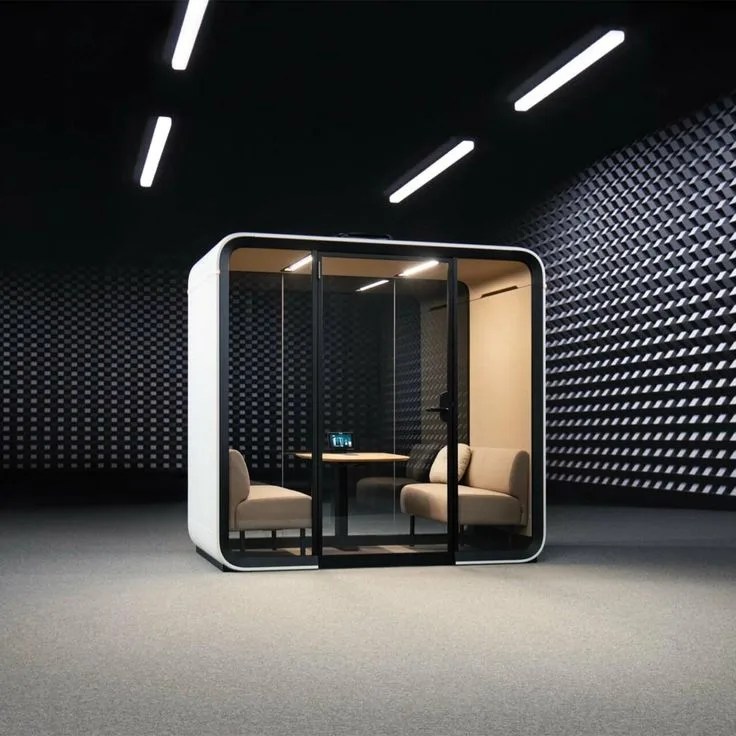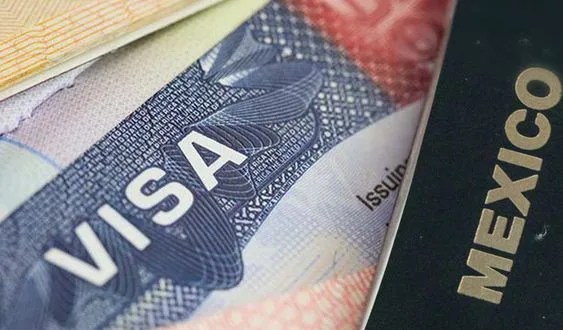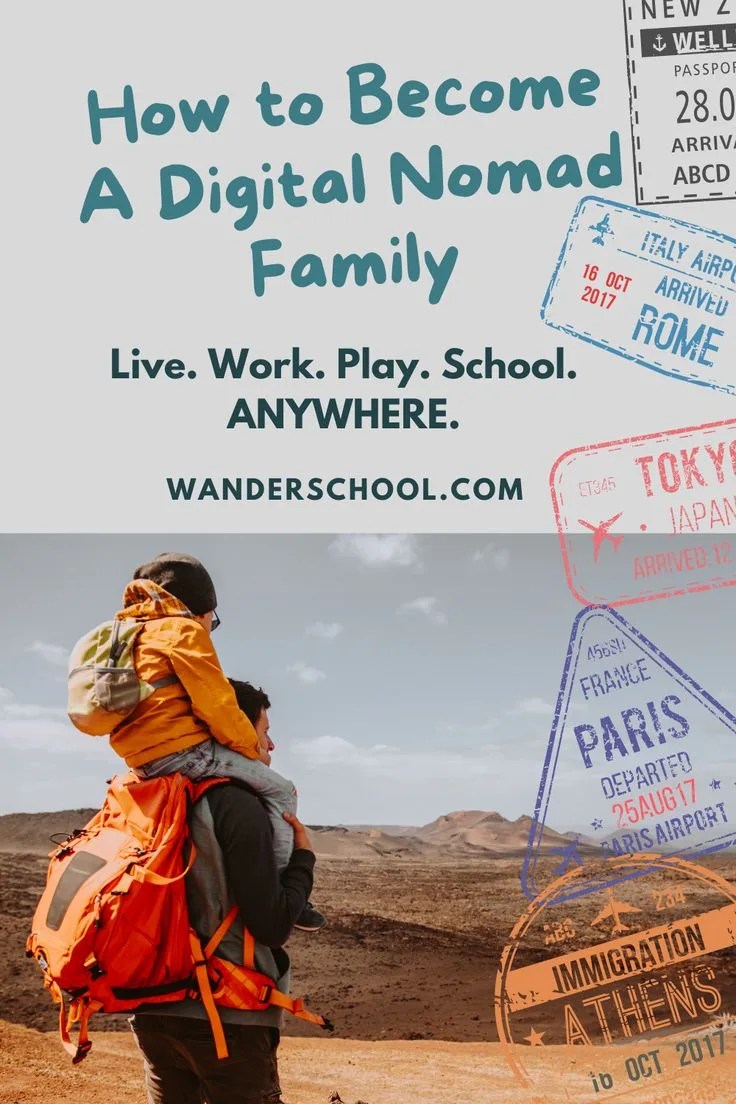“Have laptop, will travel — with toddlers in tow.”
Welcome to the era of multi-base parenting, where families don’t choose between wanderlust and raising well-adjusted kids — they do both. In 2025, more parents are choosing the digital nomad lifestyle without compromising on education, stability, or healthcare.
What was once a fringe experiment is now a mainstream movement, powered by ed-tech, worldschooling platforms, and visa innovations built for families.

Table of Contents
- 🌍 The Rise of the Digital Nomad Family
- 📚 Solving the Education Puzzle
- 🛂 What About Visas?
- 🏥 Health & Insurance Solutions
- 👨👩👧 Real-Life Itineraries
- 🧳 Tools That Power Nomadic Parenting
- 🧠 Final Thoughts
- 👨👩👧 Digital Nomad Family – Frequently Asked Questions (FAQ)
- 🧭 1. Is it legal to raise kids across multiple countries every year?
- 🏫 2. What about schooling — will my child fall behind?
- 🛂 3. Which countries are best for nomad families in 2025?
- 💻 4. Do I have to homeschool full-time?
- 🏥 5. What about healthcare for kids while abroad?
- 🌐 6. How do kids socialize if we’re moving a lot?
- 💸 7. How much does this lifestyle cost?
- 🧳 8. Can we still maintain long-term education certifications?
- 🧒 9. What ages is this lifestyle best for?
- 🚸 10. Will this negatively affect my child’s emotional development?
🌍 The Rise of the Digital Nomad Family
This isn’t gap-year backpacking with a baby. Today’s nomad families are:
- Structuring annual rotations: 4 months in Portugal, 4 in Bali, 4 in Costa Rica
- Working remotely full-time while maintaining a learning routine for kids
- Choosing countries with family-friendly visas, safety, healthcare, and fast internet
This isn’t escape — it’s intentional lifestyle design.
📚 Solving the Education Puzzle
No, you don’t need to homeschool like it’s 1850. In 2025, nomad parents have these modern options:
1. Worldschooling Platforms
- Outschool, Galileo XP, and Synthesis School offer full curriculums online, with teachers trained for global learners.
- Courses cover everything from math to marine biology to mindfulness.
2. Hybrid Pods
- Local expat “learning pods” let kids connect IRL with others.
- Examples: Boundless Life in Portugal/Spain/Greece, offering flexible schooling + co-working for parents.

3. Unschooling + Certification
- Parents embracing interest-based learning use tools like Wolfram Alpha, Khan Academy, and LearnyBox to prep kids for annual assessment tests (e.g. IGCSE, GED).
4. Nomad-Friendly International Schools
- New satellite schools allow drop-in access per term (e.g. Green School Bali, Montessori Global Schools in Mexico and Thailand).

🛂 What About Visas?
No more visa runs with cranky toddlers. In 2025, these countries offer family-friendly digital nomad visas:
🇵🇹 Portugal
- D7 and Digital Nomad visas allow entire families
- Access to public healthcare and schooling
- Bonus: English widely spoken in Lisbon and Porto
🇨🇷 Costa Rica
- Rentista Visa with income proof for up to 2 years
- Great for eco-conscious families and Spanish immersion

🇮🇩 Indonesia (Bali)
- Second-home visa allows long stays for families with offshore income
- Worldschooling hubs, spiritual community, and affordable childcare
🇲🇽 Mexico
- Temporary Resident Visa for 1-4 years
- No schooling mandates, great for pods and online programs

🇪🇸 Spain
- New Digital Nomad Visa includes dependents
- Family tax incentives for remote workers
🏥 Health & Insurance Solutions
Gone are the days of flying back to the U.S. for pediatric checkups. In 2025, families use:
- SafetyWing Nomad Insurance for Families – includes pediatric, dental, and travel
- Cigna Global – customizable family plans for chronic conditions
- PassportCard Nomads – real-time reimbursement via debit card, great for mobile life

👨👩👧 Real-Life Itineraries
The Okafors – Lagos → Lisbon → Bali → Medellín
- 2 kids under 10, hybrid schooling via Galileo + local pods
- Parent 1 is a product manager, Parent 2 runs a YouTube channel
- Airbnb for 2-3 months per country, using SafetyWing + Portugal’s D7
The Taylors – NYC → Oaxaca → Chiang Mai → Cape Town
- Teens in unschooling model with GED check-ins every 6 months
- Teen daughter launching Etsy store with local crafts from each base
- Rent local apartments, join “Nomad Families Slack” for playdates & events
🧳 Tools That Power Nomadic Parenting
- Boundless Life – all-in-one family remote work + schooling solution
- SafetyWing – global insurance + nomad visa database
- Family Nomad List – filter-friendly cities by safety, kid-friendliness, cost
- SchoolFinder.ai – match your child’s style with online or local schools
- WanderEd – newsletter and planning hub for full-time nomad families

🧠 Final Thoughts
Digital nomadism isn’t just a young person’s game anymore — it’s a family strategy. In 2025, parents are proving you can raise curious, connected, and well-educated children across borders, cultures, and time zones.
It’s not about running away from structure — it’s about building your own.
👨👩👧 Digital Nomad Family – Frequently Asked Questions (FAQ)

🧭 1. Is it legal to raise kids across multiple countries every year?
Yes, as long as you comply with visa regulations and local residency rules in each country. Many countries now offer family-inclusive digital nomad visas that allow extended stays.
🏫 2. What about schooling — will my child fall behind?
Not necessarily. With worldschooling platforms, hybrid models, and assessment-based learning, your child can stay on track (or even get ahead). Options like Outschool and Galileo XP offer accredited programs online.
🛂 3. Which countries are best for nomad families in 2025?
Top family-friendly picks include:
- Portugal (D7 Visa)
- Costa Rica (Rentista Visa)
- Mexico (Temporary Residency)
- Bali, Indonesia (Second-home Visa)
- Spain (Digital Nomad Visa)
All offer education flexibility, healthcare access, and safety.
💻 4. Do I have to homeschool full-time?
No. Many families blend online curriculums with local pods, international schools, or unschooling models. You can customize your child’s learning path depending on your location and teaching preference.
🏥 5. What about healthcare for kids while abroad?
Use global insurance providers like:
- SafetyWing Nomad Insurance (Family Plans)
- Cigna Global
- PassportCard Nomads
These cover routine care, emergencies, dental, and even travel-related issues.
🌐 6. How do kids socialize if we’re moving a lot?
Most nomad families connect through:
- Expat learning pods
- Global co-living communities like Boundless Life
- Slack/Facebook groups for nomad families
- Enrolling in local activities like sports, language classes, or arts programs
💸 7. How much does this lifestyle cost?
It varies widely. Some families live well on $3K–$5K/month in low-cost countries (e.g., Bali, Mexico). Premium global schooling and travel costs can increase the budget, but it’s often still cheaper than living in a major U.S. city.
🧳 8. Can we still maintain long-term education certifications?
Yes. Many digital nomad families prep their kids for:
- GED (U.S.)
- IGCSEs (UK)
- Online high school diplomas
- Portfolio-based college applications
Some also return to their home country for standardized testing once a year.
🧒 9. What ages is this lifestyle best for?
All ages — but especially:
- Ages 2–12 (flexible learning years)
- Teens (self-directed learning with online mentors) Babies and toddlers adapt easily to changing environments, while older kids thrive with more input into the itinerary.
🚸 10. Will this negatively affect my child’s emotional development?
Actually, research and anecdotal evidence show that nomadic kids tend to be more adaptable, curious, and socially skilled. The key is stable family dynamics, clear routines, and community connection wherever you go.



